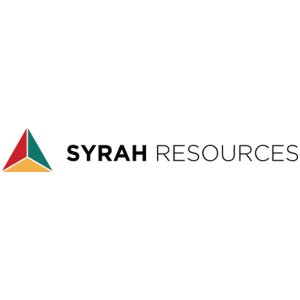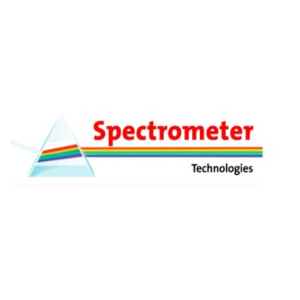According to the World Economic Forum, “the production of minerals such as graphite, lithium and cobalt could increase by nearly 500% by 2050 to meet growing demand for clean energy technologies.”
These critical raw materials will continue to lead the way forward in achieving the transition to clean energy and the development of an efficient global circular economy.
DPI – A Platform for Neutral Collaboration
The Development Partner Institute (DPI) works to create meaningful and effective collaboration across the mining value chain. Our work focuses on 'building collective impact for sustainable development.' We are guided by the Development Partner Framework, which lays out pathways for mining to help create thriving communities, companies, and countries. But what makes DPI different is that we do not represent or work with just one type of stakeholder. We seek to bridge the gap in the mining industry between research, academia, industry, youth, and voices that are not always heard or amplified (e.g., young, indigenous, mining communities).
DPI’s annual competition, the Mining Innovation and Research Battlefield, is an important and growing initiative to achieve this aim.
DPI believes that the global mining industry is at a critical stage. This criticality is increasingly visible on the physical environment, social fabric (including the social licence to operate), and governance structures of corporations and governments. Ideas to innovate and address the challenges from mining extraction, responsible sourcing, or access to new supplies of metals and minerals are mounting; particularly as there is a surge in demand for ‘critical’ raw materials used to construct electric vehicles, batteries, solar panels, and wind turbines. The surge is predominantly a response to global targets to reduce carbon emissions and deliver the net zero 2050 target whilst also concentrating on delivering a net positive impact (NPI) from mining – as such these materials are needed now more than ever. At this critical juncture, meaningful partnerships and collaboration remain vital for a just, clean, and renewable energy transition.
Against this backdrop and coupled with rising stakeholder expectations, new collaborative solutions from both inside and outside of the sector have the potential to lead to positive impact on the ground. The Mining Innovation and Research Battlefield seeks to uncover these solutions, with creative and bold research proposals that answer our 2024 question:
DPI – A Platform for Neutral Collaboration
The Development Partner Institute (DPI) works to create meaningful and effective collaboration across the mining value chain. Our work focuses on 'building collective impact for sustainable development.' We are guided by the Development Partner Framework, which lays out pathways for mining to help create thriving communities, companies, and countries. But what makes DPI different is that we do not represent or work with just one type of stakeholder. We seek to bridge the gap in the mining industry between research, academia, industry, youth, and voices that are not always heard or amplified (e.g., young, indigenous, mining communities).
DPI’s annual competition, the Mining Innovation and Research Battlefield, is an important and growing initiative to achieve this aim.
DPI believes that the global mining industry is at a critical stage. This criticality is increasingly visible on the physical environment, social fabric (including the social licence to operate), and governance structures of corporations and governments. Ideas to innovate and address the challenges from mining extraction, responsible sourcing, or access to new supplies of metals and minerals are mounting; particularly as there is a surge in demand for ‘critical’ raw materials used to construct electric vehicles, batteries, solar panels, and wind turbines. The surge is predominantly a response to global targets to reduce carbon emissions and deliver the net zero 2050 target whilst also concentrating on delivering a net positive impact (NPI) from mining – as such these materials are needed now more than ever. At this critical juncture, meaningful partnerships and collaboration remain vital for a just, clean, and renewable energy transition.
Against this backdrop and coupled with rising stakeholder expectations, new collaborative solutions from both inside and outside of the sector have the potential to lead to positive impact on the ground. The Mining Innovation and Research Battlefield seeks to uncover these solutions, with creative and bold research proposals that answer our 2024 question:
What innovative collaborations are possible to support a responsible energy transition?
DPI’s rationale for ASM and LSM engagement
The artisanal and small scale (ASM) sector often appears on the periphery of mining. However, ASM is the foundation for how human beings began their mining journey. Its informal nature and lack of mechanisation mean that by its very definition, ASM is subsistence mining.
With the advent of rapid industrialisation and exploitation which has today resulted in many ‘developed economies’; large scale mining and mechanisation are front and centre of what it means to mine today. However, approximately 90% of the global mining workforce are made up of ASM workers (PACT 2022).
In contrast with ASM, large-scale mining (LSM) is long term and industrial, because of the nature of extraction methods that utilise heavy machinery. Further, large-scale mining is supported by extensive geological information, access to capital and finance, organisation in the form of human resources, marketing, skilled labour. Added to this, LSM operators have an in-depth knowledge and understanding of mineral and metal pricing and knowledge of operating in the world economic market. Most importantly, where a jurisdiction has capacity, LSM operates within the rules of law and regulation, alongside the international standards that are in place (e.g., environmental, health safety and human rights).
Within the context of sustainable development, DPI believes that ASM and LSM collaboration will make sense for a just renewable energy transition, and indeed build resilient and sustainable supply chains. ASM takes place in approximately over 80 countries across the world. The majority of those involved in ASM live in Africa, Asia, and South America – the Global South. ASM workers are typically citizens of their countries, so they make up the community of the countries in which they are mining (e.g., indigenous, or native to the land). Focusing on the seventeen interlinked global Sustainable Development Goals, the call to action to end poverty and inequality and to promote prosperity; DPI believes that effectively engaging and finding ways to collaborate with ASM workers is crucial to the research, new conversations, and new projects that are required to deliver a just energy transition.
From this perspective, DPI offers a platform for engaging dialogues that enhance ‘symmetrical’ relationships in the mining sector, across the mining value chain. This will mean the emergence of new voices or tweaked ideas offering new innovations in the evolution and sustainable performance of the mining sector.
The artisanal and small scale (ASM) sector often appears on the periphery of mining. However, ASM is the foundation for how human beings began their mining journey. Its informal nature and lack of mechanisation mean that by its very definition, ASM is subsistence mining.
With the advent of rapid industrialisation and exploitation which has today resulted in many ‘developed economies’; large scale mining and mechanisation are front and centre of what it means to mine today. However, approximately 90% of the global mining workforce are made up of ASM workers (PACT 2022).
In contrast with ASM, large-scale mining (LSM) is long term and industrial, because of the nature of extraction methods that utilise heavy machinery. Further, large-scale mining is supported by extensive geological information, access to capital and finance, organisation in the form of human resources, marketing, skilled labour. Added to this, LSM operators have an in-depth knowledge and understanding of mineral and metal pricing and knowledge of operating in the world economic market. Most importantly, where a jurisdiction has capacity, LSM operates within the rules of law and regulation, alongside the international standards that are in place (e.g., environmental, health safety and human rights).
Within the context of sustainable development, DPI believes that ASM and LSM collaboration will make sense for a just renewable energy transition, and indeed build resilient and sustainable supply chains. ASM takes place in approximately over 80 countries across the world. The majority of those involved in ASM live in Africa, Asia, and South America – the Global South. ASM workers are typically citizens of their countries, so they make up the community of the countries in which they are mining (e.g., indigenous, or native to the land). Focusing on the seventeen interlinked global Sustainable Development Goals, the call to action to end poverty and inequality and to promote prosperity; DPI believes that effectively engaging and finding ways to collaborate with ASM workers is crucial to the research, new conversations, and new projects that are required to deliver a just energy transition.
From this perspective, DPI offers a platform for engaging dialogues that enhance ‘symmetrical’ relationships in the mining sector, across the mining value chain. This will mean the emergence of new voices or tweaked ideas offering new innovations in the evolution and sustainable performance of the mining sector.
The Future of Mining
ASM workers from mining communities are important to our understanding of mining today and of the past. Uncovering the whole story of mining, its potential and indeed its future is paramount for the dynamic of successful ASM and LSM collaboration – what does this look like? There is increasing evidence about the central role that mining communities contribute to the global landscape. For example, today approximately roughly 70% of the world’s cobalt is mined in the Democratic Republic of Congo (CFR), and about 20 to 30% of that comes from ASM sources (PACT).
Currently, artisanal and small-scale mining (ASM) and large-scale mining (LSM) often co-exist. There are plenty of opportunities to work more collaboratively to respond to the energy transition and to make it just for all societies – the urgency is not to leave anyone behind. As we seek to develop resilient, affordable, reliable, and sustainable critical mineral supply chains (particularly for minerals like cobalt, nickel, lithium and graphite), now more than ever there is a need to think beyond solely extractive models to mine. This requires the entire mining value chain to come together, hear new voices, and create effective partnerships able to distribute a positive intergenerational impact and deliver significant improvements for People, Planet, Prosperity, Peace, and Partnership (SDGs).
Our collective journey of shifting away from the reliance on fossil fuels to renewable energy such as solar, wind, hydroelectric, geothermal, hydrogen or biomass energy, remains critical to limiting global warming to the 1.5°C target decided upon in the 2015 Paris Agreement and the net-zero global target for the year 2050.
Through the 2024 Mining Innovation and Research Battlefield, we are excited to engage researchers and the mining sector to support pioneering research into responsible mining and sourcing initiatives to achieve positive technological, environmental, social, and economic outcomes.
ASM workers from mining communities are important to our understanding of mining today and of the past. Uncovering the whole story of mining, its potential and indeed its future is paramount for the dynamic of successful ASM and LSM collaboration – what does this look like? There is increasing evidence about the central role that mining communities contribute to the global landscape. For example, today approximately roughly 70% of the world’s cobalt is mined in the Democratic Republic of Congo (CFR), and about 20 to 30% of that comes from ASM sources (PACT).
Currently, artisanal and small-scale mining (ASM) and large-scale mining (LSM) often co-exist. There are plenty of opportunities to work more collaboratively to respond to the energy transition and to make it just for all societies – the urgency is not to leave anyone behind. As we seek to develop resilient, affordable, reliable, and sustainable critical mineral supply chains (particularly for minerals like cobalt, nickel, lithium and graphite), now more than ever there is a need to think beyond solely extractive models to mine. This requires the entire mining value chain to come together, hear new voices, and create effective partnerships able to distribute a positive intergenerational impact and deliver significant improvements for People, Planet, Prosperity, Peace, and Partnership (SDGs).
Our collective journey of shifting away from the reliance on fossil fuels to renewable energy such as solar, wind, hydroelectric, geothermal, hydrogen or biomass energy, remains critical to limiting global warming to the 1.5°C target decided upon in the 2015 Paris Agreement and the net-zero global target for the year 2050.
Through the 2024 Mining Innovation and Research Battlefield, we are excited to engage researchers and the mining sector to support pioneering research into responsible mining and sourcing initiatives to achieve positive technological, environmental, social, and economic outcomes.


.jpg?ext=.jpg)

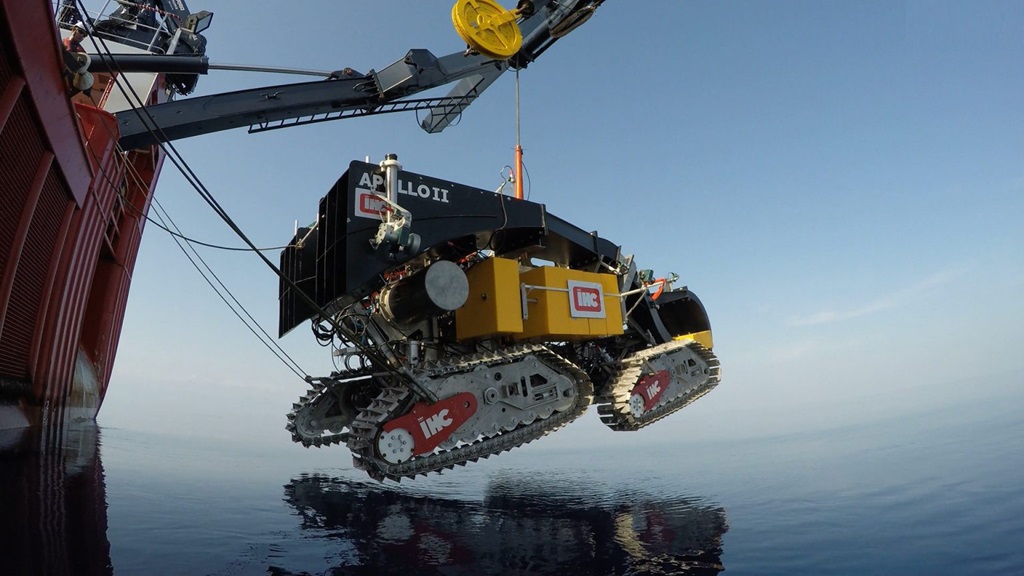
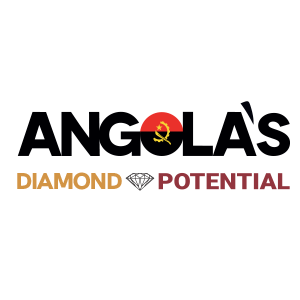

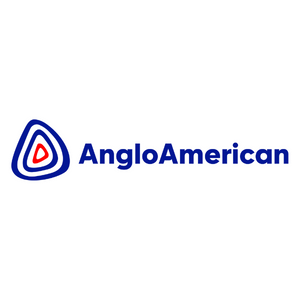

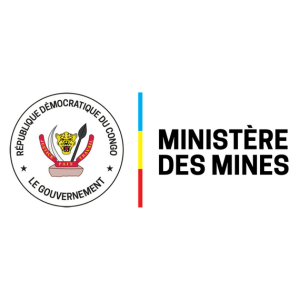
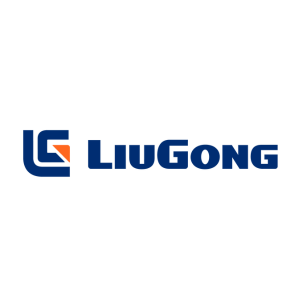


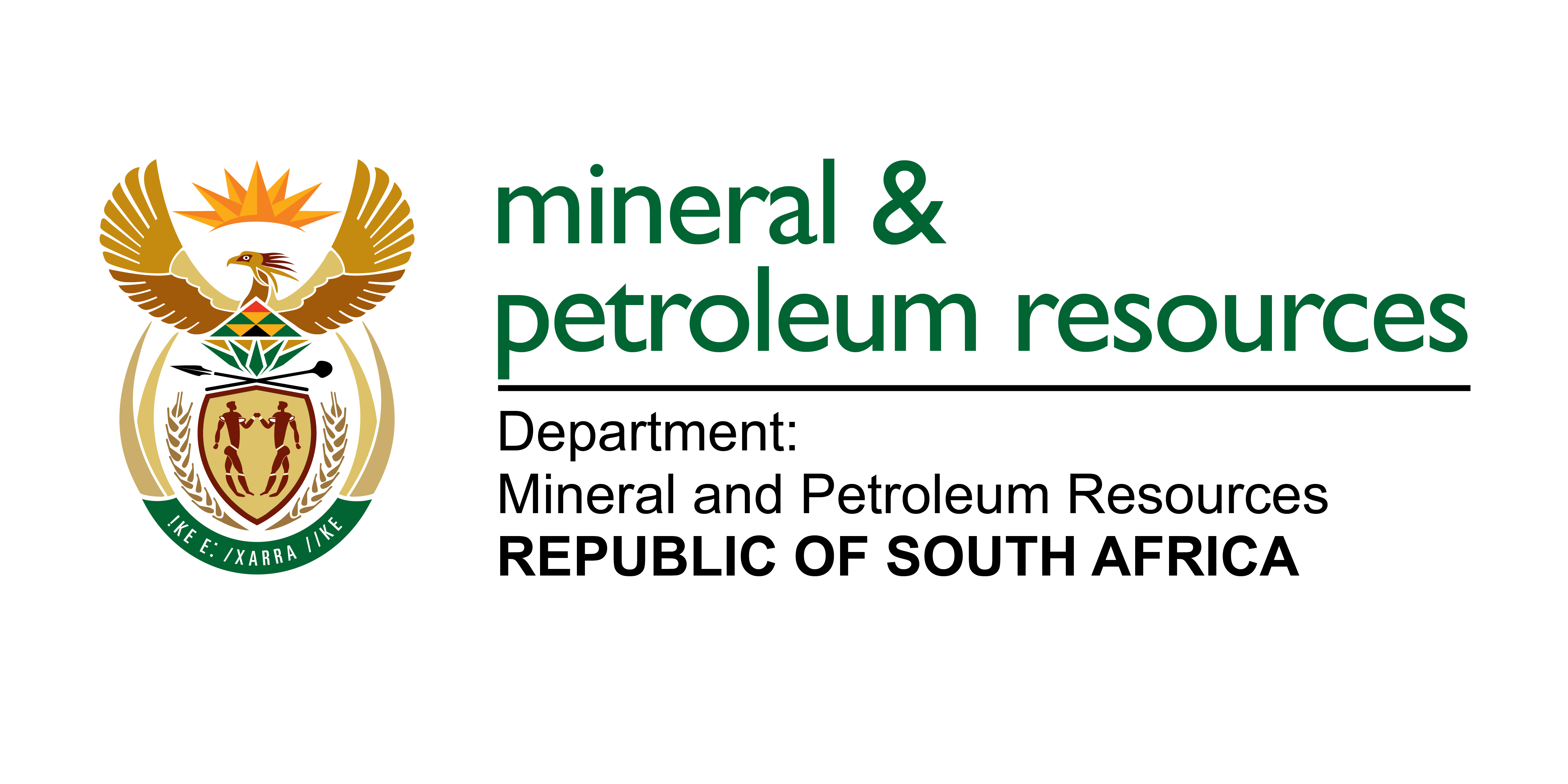-Logo_CMYK_1.jpg?width=1000&height=500&ext=.jpg)




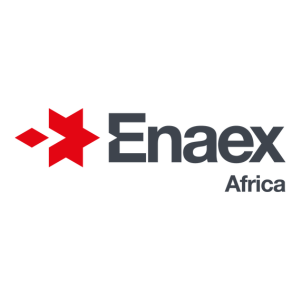


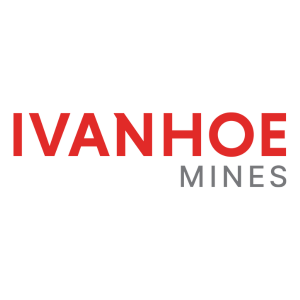
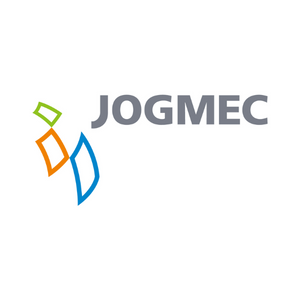

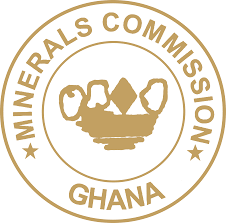
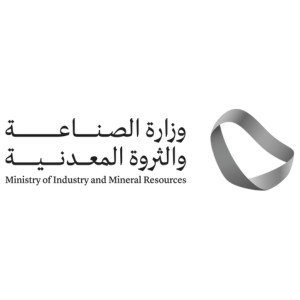
_mi25-weblogo.png?ext=.png)
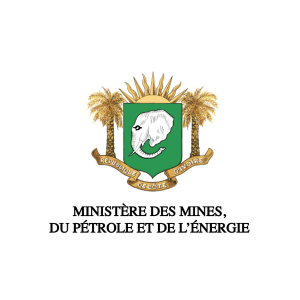
_1.png?ext=.png)
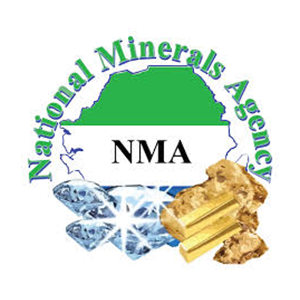



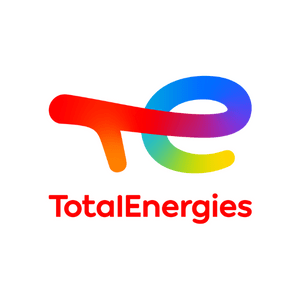











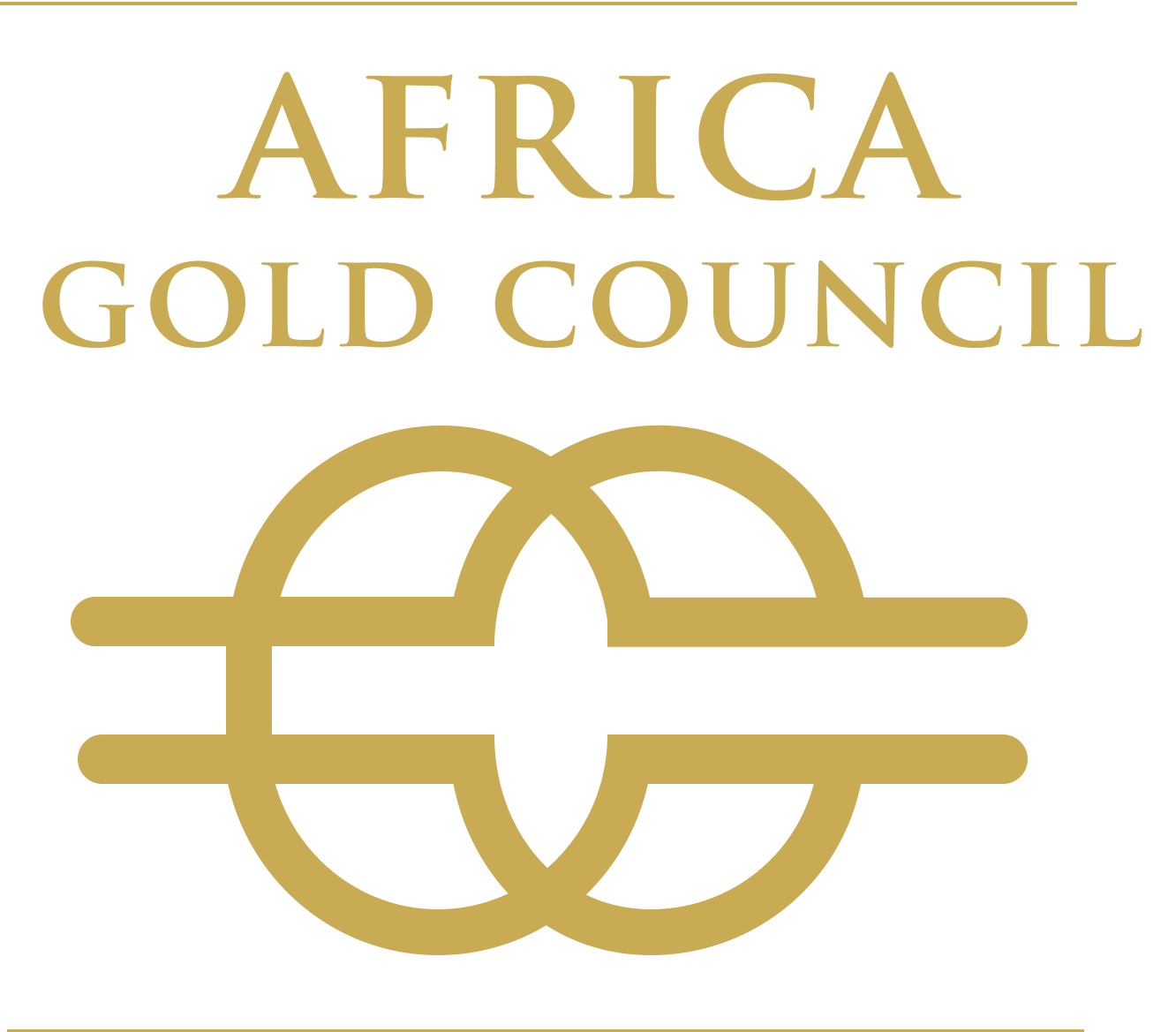
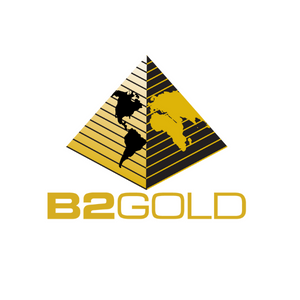
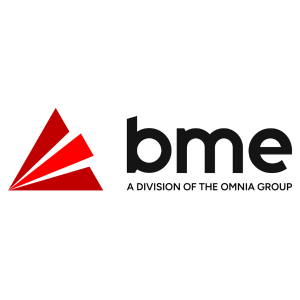


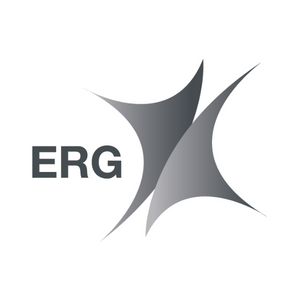


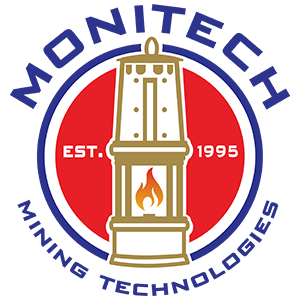

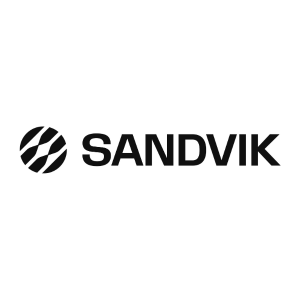


_mi25-weblogo.png?ext=.png)

